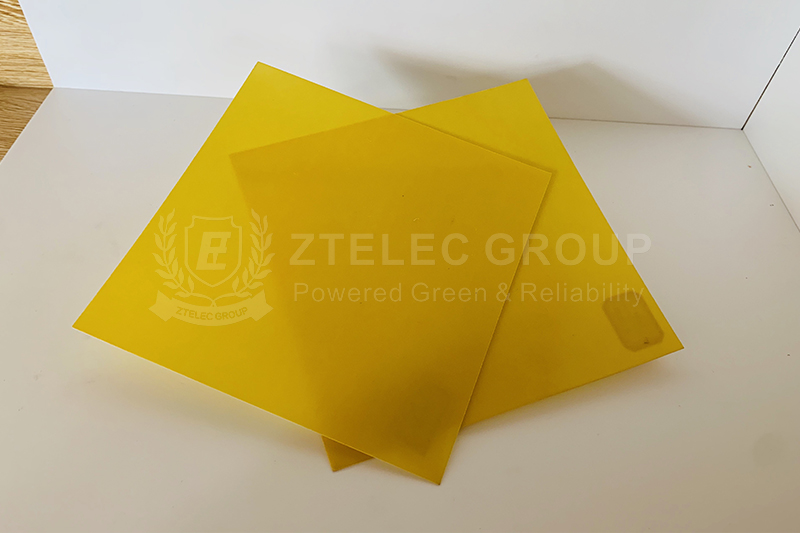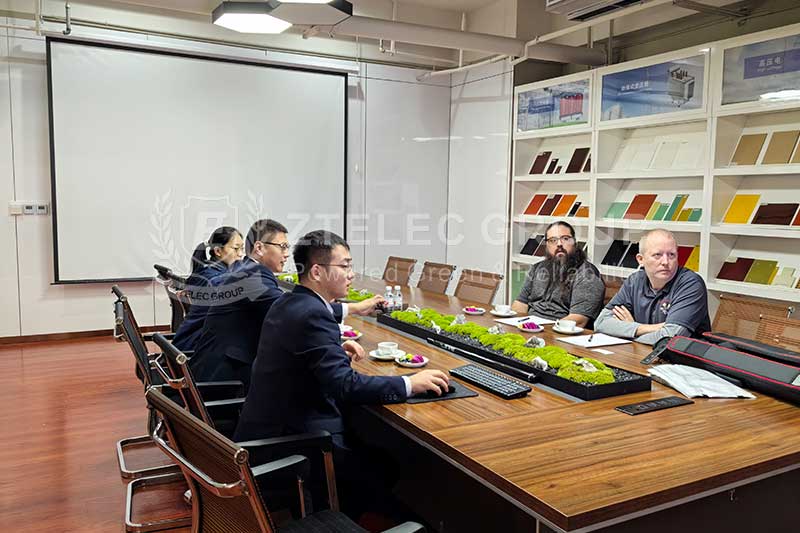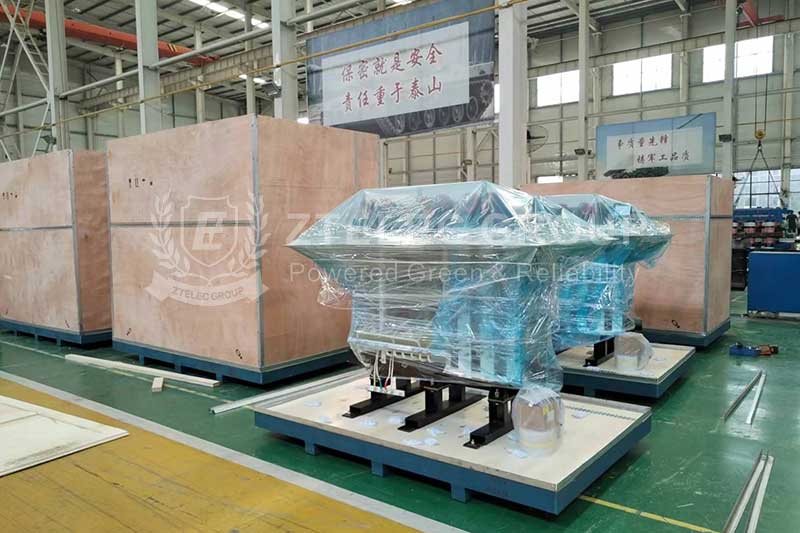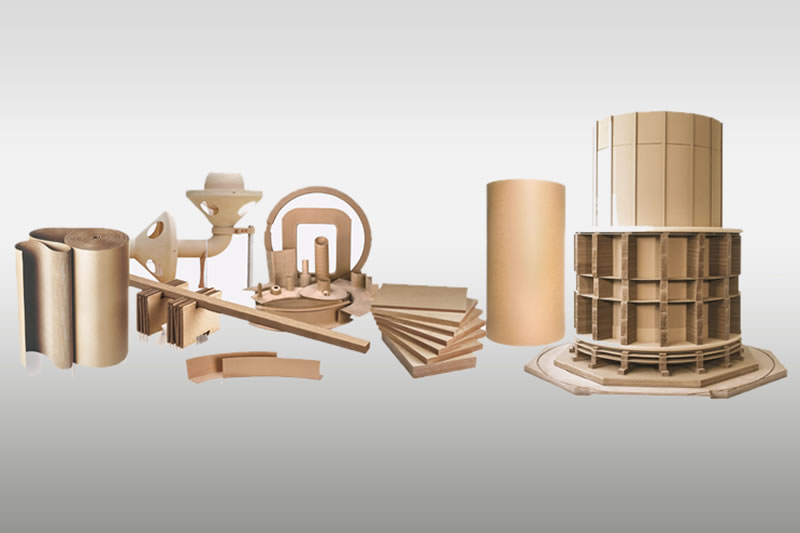Custom-Cut G11 Fiber Sheets: How to Order the Right Size
G11 fiber sheets are high-performance epoxy-based glass fiber reinforced laminates. They are important in many industrial fields due to their excellent mechanical strength, excellent electrical insulation, outstanding high temperature resistance and good chemical resistance. Compared with standard FR4 materials, G11 fiberglass sheets have more stable performance in high temperature environments, so they can meet more demanding industrial application scenarios.
Main characteristics of G11 fiber sheets
G11 fiber sheets have many outstanding characteristics. First, its glass fiber reinforced structure gives it excellent bending and impact resistance, thus showing high mechanical strength. Secondly, with its excellent electrical insulation, G11 fiber sheets have become an ideal choice for application scenarios such as high-voltage electrical equipment and PCB substrates. In terms of high temperature resistance, G11 fiberglass sheets can operate at a long-term temperature of more than 155°C and can withstand higher temperatures for a short period of time. In addition, it has good resistance to most solvents, oils, acids and alkalis, thus demonstrating excellent chemical corrosion resistance. Even in an environment with changing temperature and humidity, G11 fiberglass board can maintain stable physical dimensions, which fully demonstrates its good dimensional stability.
Typical applications of G11 fiber sheet
Based on the above excellent characteristics, G11 fiberglass sheet is widely used in many fields.
In the electronic and electrical industry, it is often used as PCB substrates, insulating gaskets, transformer isolation sheets, etc.
In the field of mechanical equipment manufacturing, G11 fiberglass sheet can be used to make gears, bearing seats, and wear-resistant gaskets.
In the aerospace field, it is suitable for manufacturing high-temperature resistant structural parts and insulating support parts.
In terms of laboratory equipment, corrosion-resistant laboratory bench panels, fixtures, etc. will also use G11 fiber sheet.
Because different application scenarios have different requirements for the size, thickness and surface treatment of G11 fiberglass sheet, customized cutting has become the preferred choice of many buyers.

How to determine the size requirements of G11 fiber sheet
Before ordering customized G11 fiber sheet, the purchaser must clarify several key factors, only in this way can the selected specifications meet the actual use requirements.
Determine the thickness of the sheet
The standard thickness of G11 fiberglass board is very wide, ranging from extremely thin 0.1mm to heavy 50mm or even thicker. G11 fiberglass boards of different thicknesses are suitable for different scenarios:
Thin sheets (0.1-1mm) are usually used for flexible circuits and precision electronic components insulation layers.
Medium and thick sheets (1-10mm) are more common in PCB substrates and mechanical support structures.
Thick sheets (above 10mm) are suitable for heavy mechanical parts and high-voltage insulation structures.
When choosing the thickness, the purchaser needs to consider many factors such as mechanical load, insulation requirements, and installation space.
Determine the length and width of the sheet
For custom cutting, the core is that the purchaser must provide accurate length and width dimensions, generally in millimeters (mm). Here, the purchaser needs to pay attention to two key points:
First, it is necessary to clarify whether tolerance is allowed. Usually, the processing tolerance range provided by the manufacturer is ±0.1mm - ±0.5mm. If the purchaser has high-precision requirements, it must be specially noted.
Second, the purchaser needs to consider whether multiple panels are needed. When a large number of small-sized parts are required, the use of optimized cutting of the whole board can effectively reduce material waste.
Determine the edge treatment method
The edge treatment method after cutting will directly affect the installation and use of G11 fiber sheet. Common edge treatment methods are:
Ordinary cutting (no additional treatment): This method is suitable for internal structural parts with low edge requirements.
Chamfering or rounding: It can effectively prevent sharp edge scratches, thereby improving safety and aesthetics.
Polishing or grinding: It is suitable for high-precision assembly or occasions with strict appearance requirements.
Determine surface treatment requirements
G11 fiber sheet has a variety of surface treatment methods. Among them, the glossy surface is suitable for applications that require low friction, while the matte surface can reduce reflection. If G11 fiber sheet is used to make PCBs, buyers can choose single-sided or double-sided copper-clad versions. For electronic sensitive devices, anti-static treatment can effectively prevent static electricity accumulation.

Ordering process of G11 fiber sheet
Choose a reliable supplier
When choosing a supplier, buyers have a variety of channels to choose from. Professional manufacturers can not only provide standard products, but also support customized services to meet a variety of size and process requirements. Traders are more suitable for small-volume purchases, but buyers need to carefully confirm the quality of their sources. Online platforms such as Alibaba and Made-in-China make it easy for buyers to compare prices, but buyers must verify the qualifications of the manufacturer.
Provide detailed technical requirements
When buyers submit requirements to suppliers, the information must be detailed and accurate. First, it is necessary to make it clear that the material specification is G11 to avoid confusion with ordinary FR4. Secondly, the length, width, thickness and other size requirements must be clearly stated, and the units must be unified. Then determine the purchase quantity and make it clear whether it is a small batch trial production or a large batch order. Then explain the edge and surface treatment requirements, such as whether chamfering and polishing are required. If there are special requirements, such as high temperature certification, RoHS environmental protection standards, etc., the purchaser should also propose them.
Confirm samples and mass production
For orders with high precision requirements, the purchaser recommends that a small batch of proofing be carried out first, and the product meets the requirements through sample verification. At the same time, the mass production of customized products usually requires a production cycle of 3-15 days, so the purchaser needs to plan in advance.
Acceptance standards
When receiving the goods, the purchaser needs to strictly check according to the standards. First, use a caliper to measure the size to confirm whether it is consistent with the drawing requirements. Secondly, carefully check whether the edges are smooth and have no burrs. Finally, check whether there are defects such as cracks and bubbles on the surface.
- more+releated article
- 2025-12-13How to Select and Use Phenolic Cloth-base Lami
- 2025-12-13How Much Does Bakelite Sheet Cost? 2025 Price
- 2025-12-13Why are most 3240 epoxy boards yellow?
- 2025-12-13What are the Main Applications of FR4 Epoxy Bo
- 2025-12-13Why Does the Price of Insulating Paperboard Va
- 2025-12-13Heat-Resistant DDP Insulation Paper
- 2025-12-13Comparison of Heat-Resistant DDP Insulating Pa
- 2025-12-13G10 and FR4 Epoxy Boards: Commonly Used for Ge
- 2025-12-13The Price of Heat-Resistant DDP Insulation Pap
- 2025-12-13How to Choose Epoxy Laminate Materials for Gen





